Ever wonder if running your air scrubber around the clock is as safe as it seems? Whether you’re using one to keep dust, mold, or allergens at bay, air scrubbers can be a great way to improve air quality. But what about the long-term effects of using them in your home or workspace? Are there hidden risks to leaving an air scrubber on for extended periods, or could it be doing more harm than good?
In this article, we’ll explore the potential side effects of prolonged air scrubber use, from health impacts to practical concerns like maintenance and energy use. By the end, you’ll know what to watch out for and how to make sure your air scrubber keeps your environment clean and safe—without any unexpected downsides.
How Does An Air Scrubber Work?
Air scrubbers are devices designed to improve indoor air quality by filtering and cleaning the air, capturing harmful particles that can affect your health. These portable filtration systems work by drawing in contaminated air, passing it through various filters, and releasing purified air back into the environment. They are particularly useful in spaces where air quality is a concern, from homes dealing with allergens to construction sites managing dust or fumes.
One of the most common and effective types of air scrubbers uses HEPA (High-Efficiency Particulate Air) filters, which are designed to capture 99.97% of particles as small as 0.3 microns. This means that HEPA filters can trap not only dust but also smaller particles like mold spores, pet dander, and even some bacteria. These filters make HEPA air scrubbers ideal for spaces where maintaining clean air is critical, especially for people with respiratory conditions like asthma or allergies.
There are different types of air scrubbers designed for specific needs. For example, activated carbon filters are often used alongside HEPA filters to help absorb odors and volatile organic compounds (VOCs), which are chemicals that can be released from products like paint, cleaning supplies, or even furniture. Some air scrubbers are also equipped with UV light technology, which can neutralize bacteria and viruses, offering an extra layer of protection in environments where germs are a concern.
This versatility is what makes air scrubbers so valuable in a wide range of settings. In homes, they can help alleviate allergy symptoms by capturing airborne allergens.
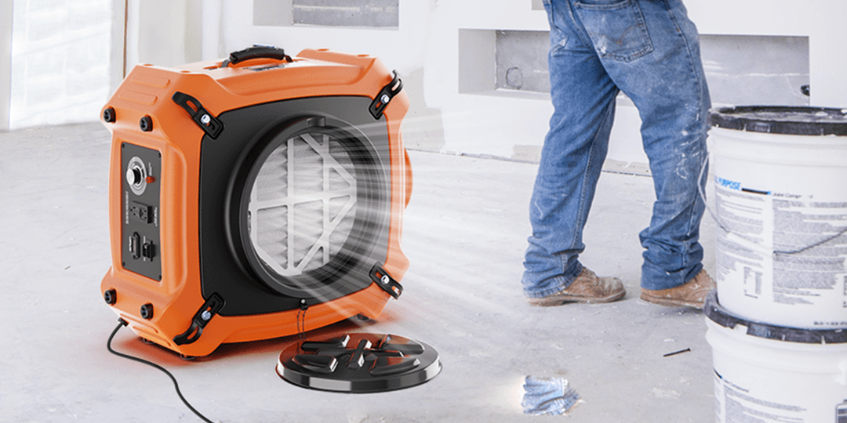
Potential Health Concerns from Prolonged Air Scrubber Use
Although air scrubbers are designed to improve air quality, it’s natural to wonder whether using them for extended periods could lead to any negative side effects. Fortunately, most air scrubbers, especially those with HEPA filters, are considered safe for long-term use. HEPA filters effectively capture harmful particles like dust, mold spores, and allergens without releasing any dangerous byproducts into the air. However, some potential health concerns may arise depending on the type of air scrubber being used.
For instance, air scrubbers that use ionization or UV-C light to purify the air can produce ozone as a byproduct. While this isn’t an issue in small amounts, prolonged exposure to higher ozone levels can irritate the lungs and exacerbate respiratory conditions like asthma. According to the EPA, ozone generators can pose health risks if used in enclosed spaces without proper ventilation, and many experts recommend avoiding these types of air scrubbers for home use.
HEPA-filtered air scrubbers, on the other hand, are much safer since they do not produce ozone. In fact, they are often recommended by health agencies like the EPA and CDC for use in mold remediation and in homes where allergens or other harmful particles are a concern. So, for most homeowners, prolonged use of a HEPA-filtered air scrubber is not only safe but beneficial for maintaining cleaner air.
Practical Considerations for Long-Term Use
While air scrubbers are safe for long-term use, it’s essential to consider the practical aspects of running one continuously, especially in a home or workspace. To ensure your air scrubber remains effective and doesn’t inadvertently cause issues, there are a few things to keep in mind:
Regular Filter Maintenance
One of the most important aspects of air scrubber care is keeping the filters clean and replacing them as needed. HEPA filters, in particular, can become clogged with dust, mold spores, and other particles over time, which reduces their efficiency. Most manufacturers recommend replacing HEPA filters after a certain number of operating hours, so be sure to follow their guidelines. If your air scrubber has additional filters, such as activated carbon filters, those may also need to be replaced regularly to keep odors and VOCs under control.
Managing Noise Levels
Air scrubbers, especially in smaller spaces, can sometimes be noisy when running continuously. While this may not be an issue in larger or industrial settings, it’s something to consider in home environments where excessive noise can become a distraction or annoyance. To manage this, look for air scrubbers with adjustable fan speeds or quieter operating modes, particularly if you plan to use them in living areas or bedrooms.
Energy Efficiency
Running an air scrubber like the AlorAir® PureAiro HEPA Pro 970 or AlorAir® PureAiro HEPA Max 970 for long periods can add to your home’s energy consumption. Some units are designed to be more energy-efficient than others, so it’s worth considering models with Energy Star ratings or ones that offer lower power consumption settings. Additionally, using the air scrubber strategically—only when necessary, or cycling it on and off—can help reduce energy use without compromising air quality.
Placement and Ventilation
Where you place your air scrubber matters. For the best results, position it centrally in the room or near the source of contamination, ensuring there’s enough space around it for air to flow freely. In smaller rooms, you may need to vent filtered air outside or ensure the air scrubber is not obstructed by furniture or walls. Ensuring proper placement will improve efficiency and help prevent any recirculation of contaminants.
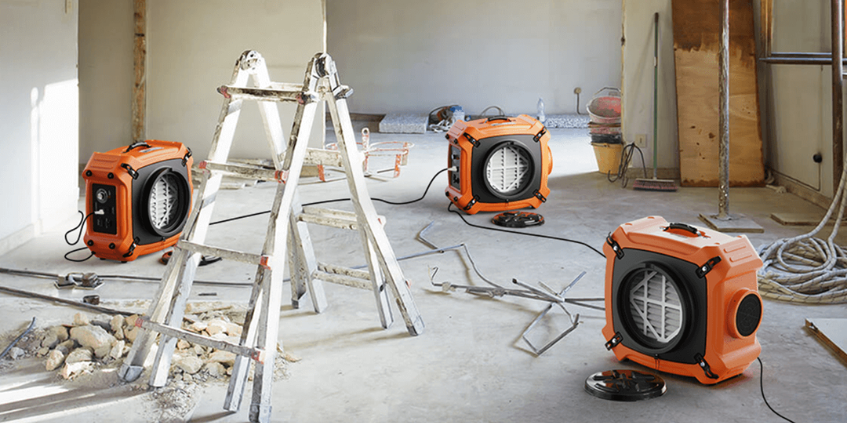
Common Misconceptions About Air Scrubbers and Negative Pressure
While air scrubbers are widely used to improve air quality, there are a few misconceptions that can cause confusion. Let’s clear up some of the most common ones:
Air Scrubbers Only Help with Visible Dust
It’s easy to assume that air scrubbers only target larger particles like visible dust, but in reality, HEPA-filtered air scrubbers capture much smaller contaminants, including mold spores, bacteria, and even some viruses. This makes them incredibly useful for reducing allergens and improving overall indoor air quality—even when particles aren’t visible to the naked eye.
Air Scrubbers Replace the Need for Ventilation
While air scrubbers are great for removing contaminants from the air, they don’t replace the need for proper ventilation, especially in enclosed spaces. For example, when dealing with fumes or volatile organic compounds (VOCs), it’s still important to vent air outside or ensure fresh air circulation. Air scrubbers complement ventilation but don’t serve as a substitute.
HEPA Filters Last Forever
Some homeowners assume that because HEPA filters are so efficient, they don’t need to be replaced often. In reality, HEPA filters do need regular replacement, as they can become clogged with trapped particles over time. They should be replaced every 6 months or after 3,000 hours of use.
Final Thoughts on Prolonged Air Scrubber Use
Air scrubbers are powerful tools for improving indoor air quality, and with proper care, they can be safely used for extended periods. While there are some risks associated with long-term use, such as mechanical wear or clogged filters, these can be easily mitigated through regular maintenance and filter replacement. For most homeowners, the benefits of using air scrubbers, especially HEPA-filtered models, far outweigh any potential downsides.
To explore reliable, long-term air quality solutions, visit AlorAir.com. We offer a range of high-quality HEPA-filtered air scrubbers designed for safe and effective prolonged use, keeping your indoor spaces clean and healthy for years to come.






-(1).png)
.jpg)
.jpg)
.jpg)

.jpg)
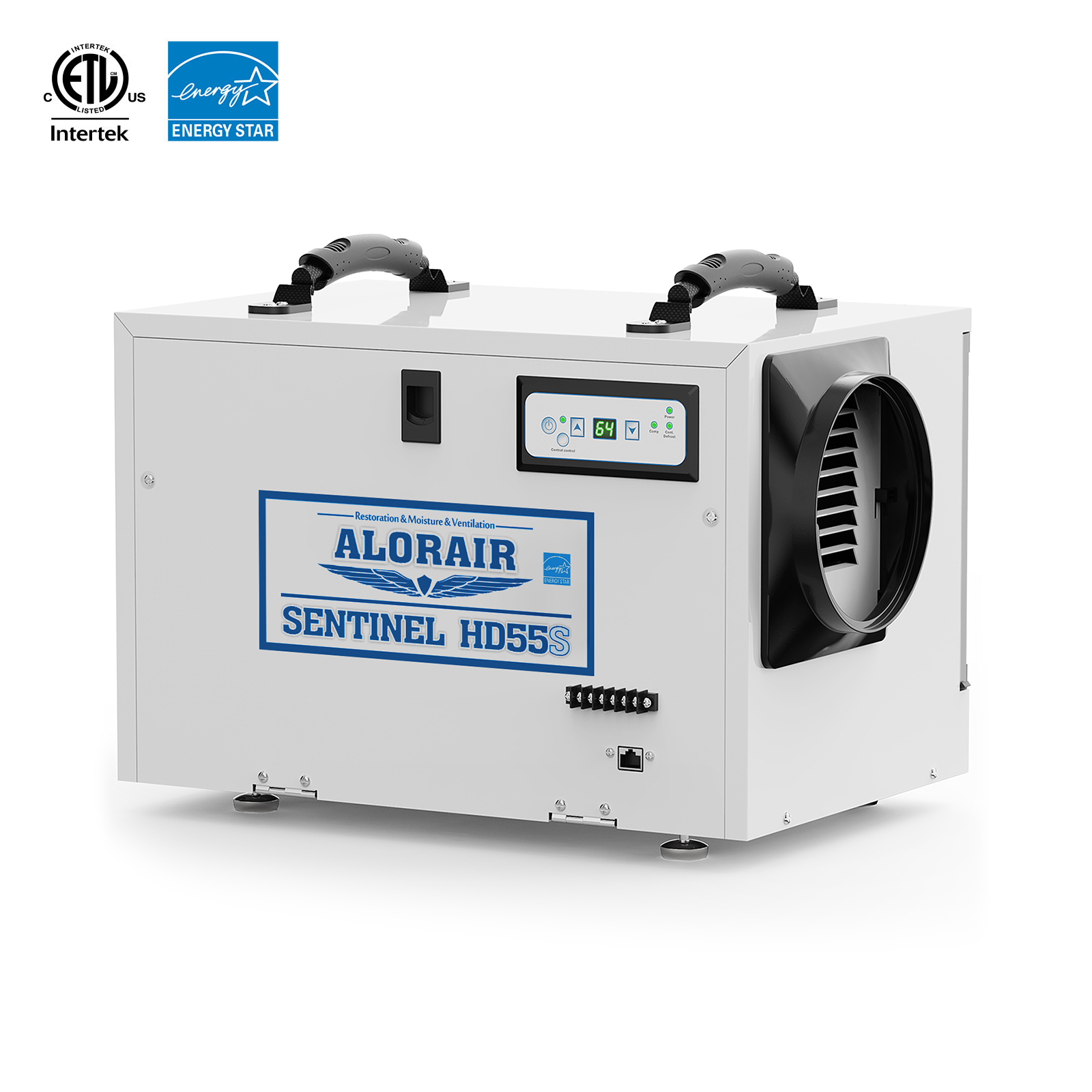
.HDi90.png)
.HD90.png)

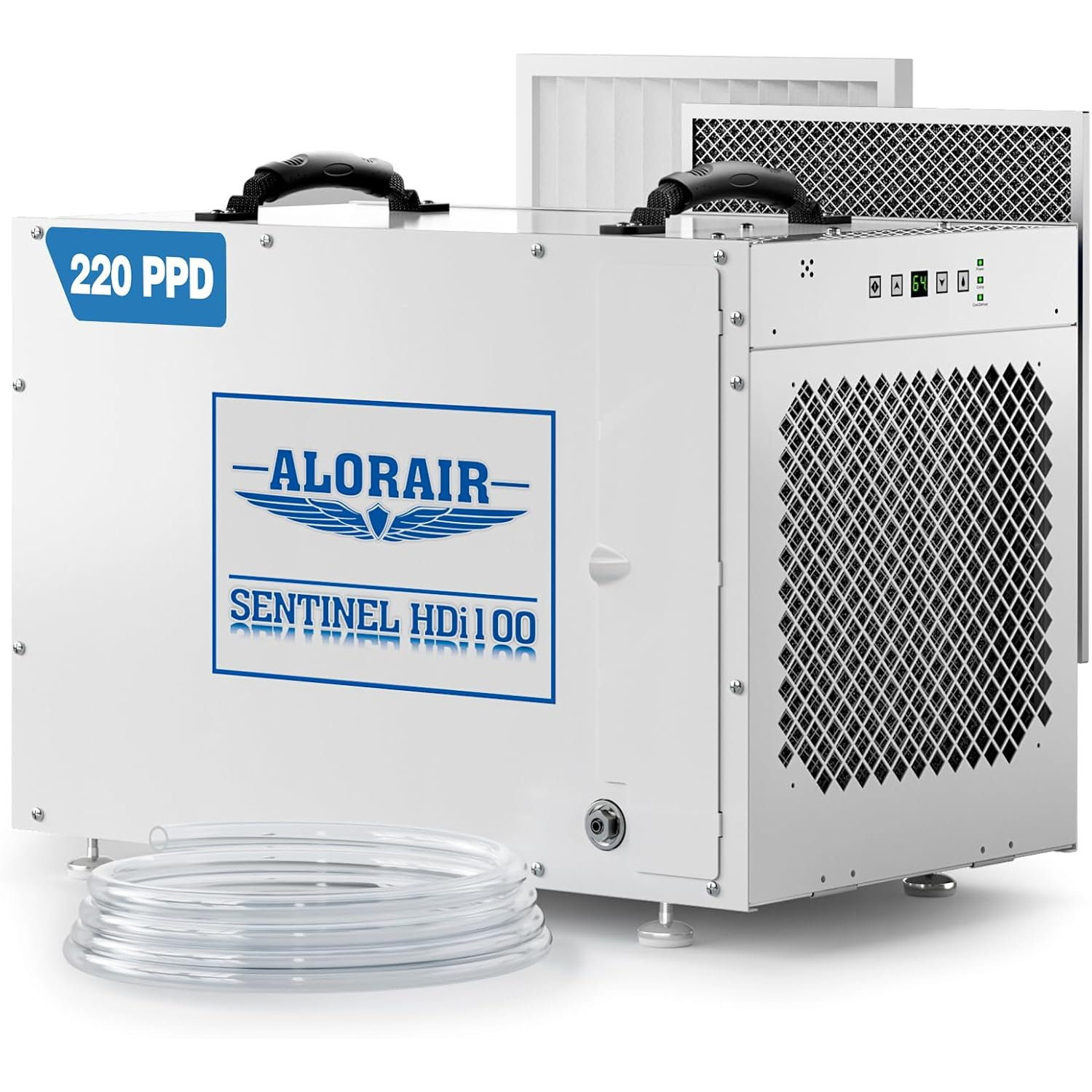

.jpg)
.jpg)
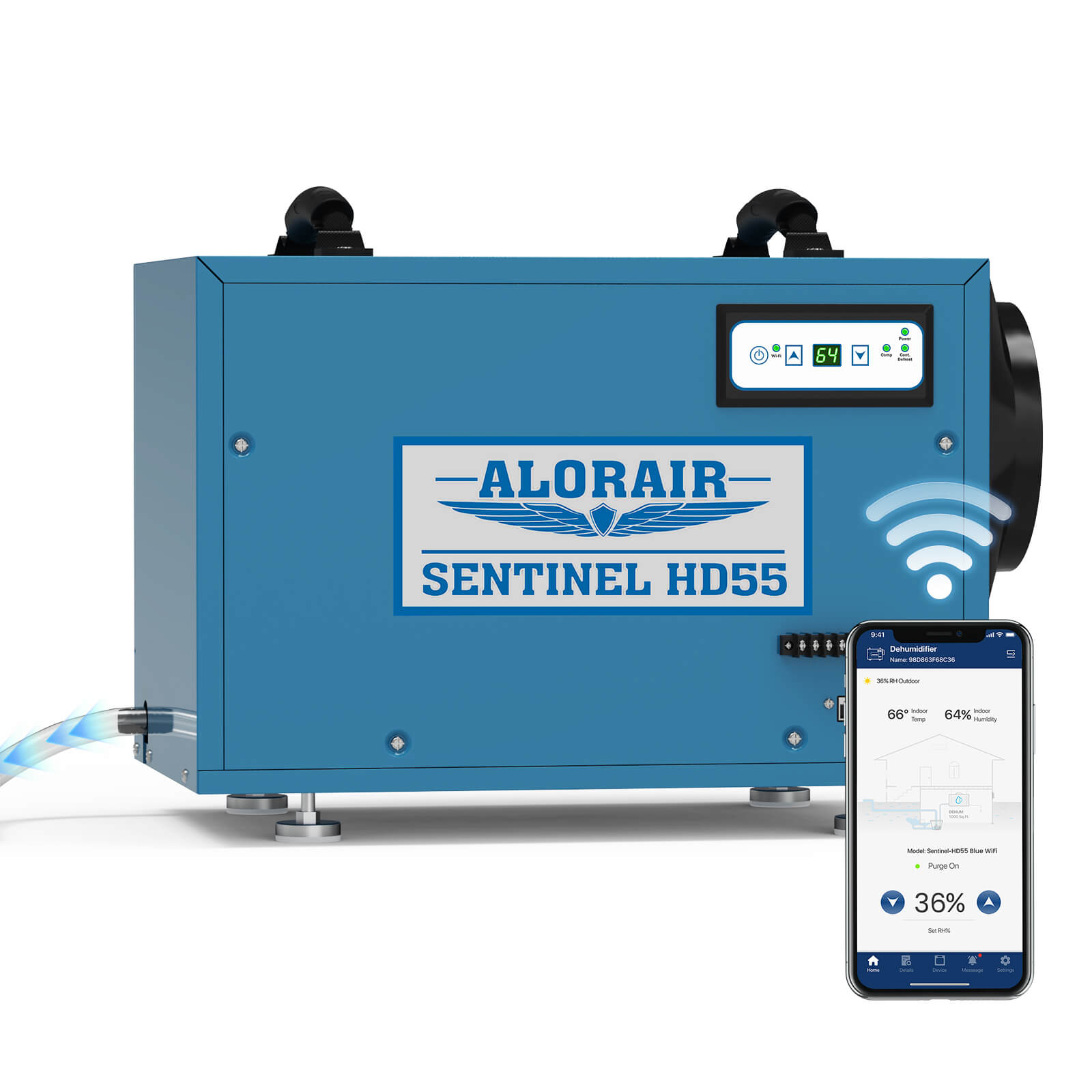
.jpg)

.jpg)
.jpg)





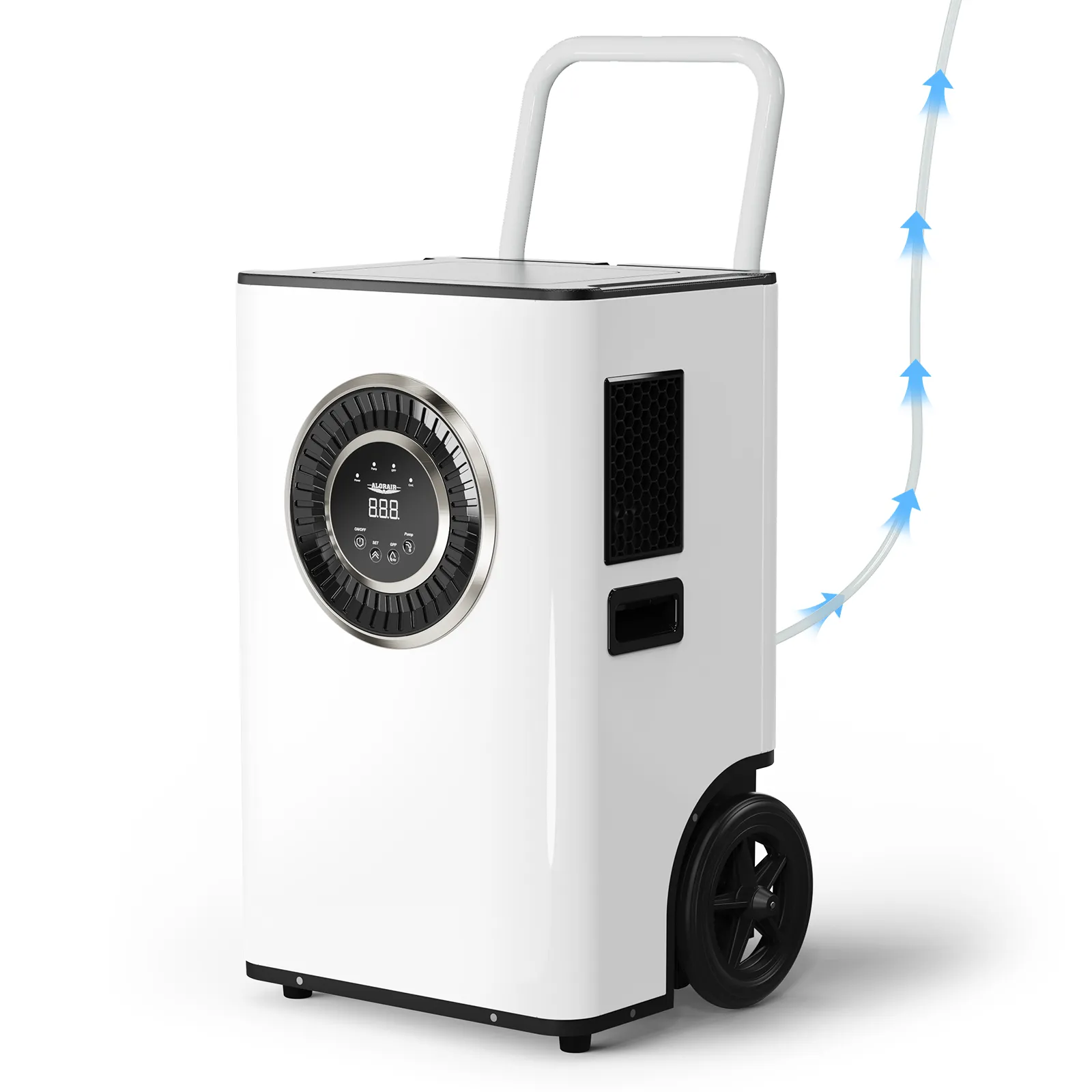
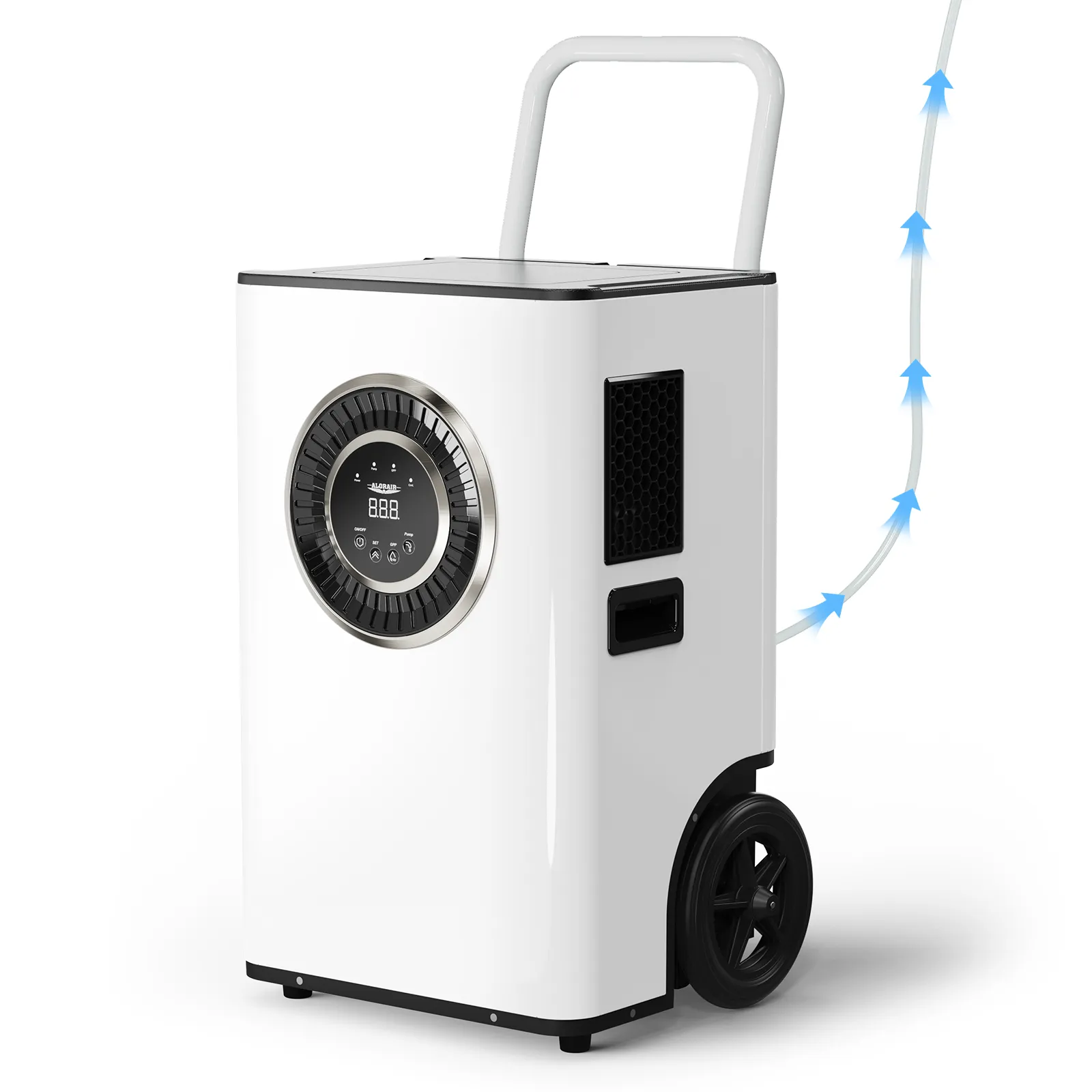
.jpg)
.jpg)
.jpg)





.jpg)
.jpg)











.jpg)
.jpg)








.jpg)
.jpg)












.webp)
.webp)
.webp)
.webp)
.jpg)
.jpg)
.jpg)
.jpg)
.jpg)
.jpg)
.jpg)
.jpg)
.jpg)
.jpg)
.jpg)
.jpg)
.jpg)





.jpg)
.jpg)
















-.jpg)
.jpg)

.jpg)
.jpg)




























 Exclusive offers
promotions
Exclusive offers
promotions

